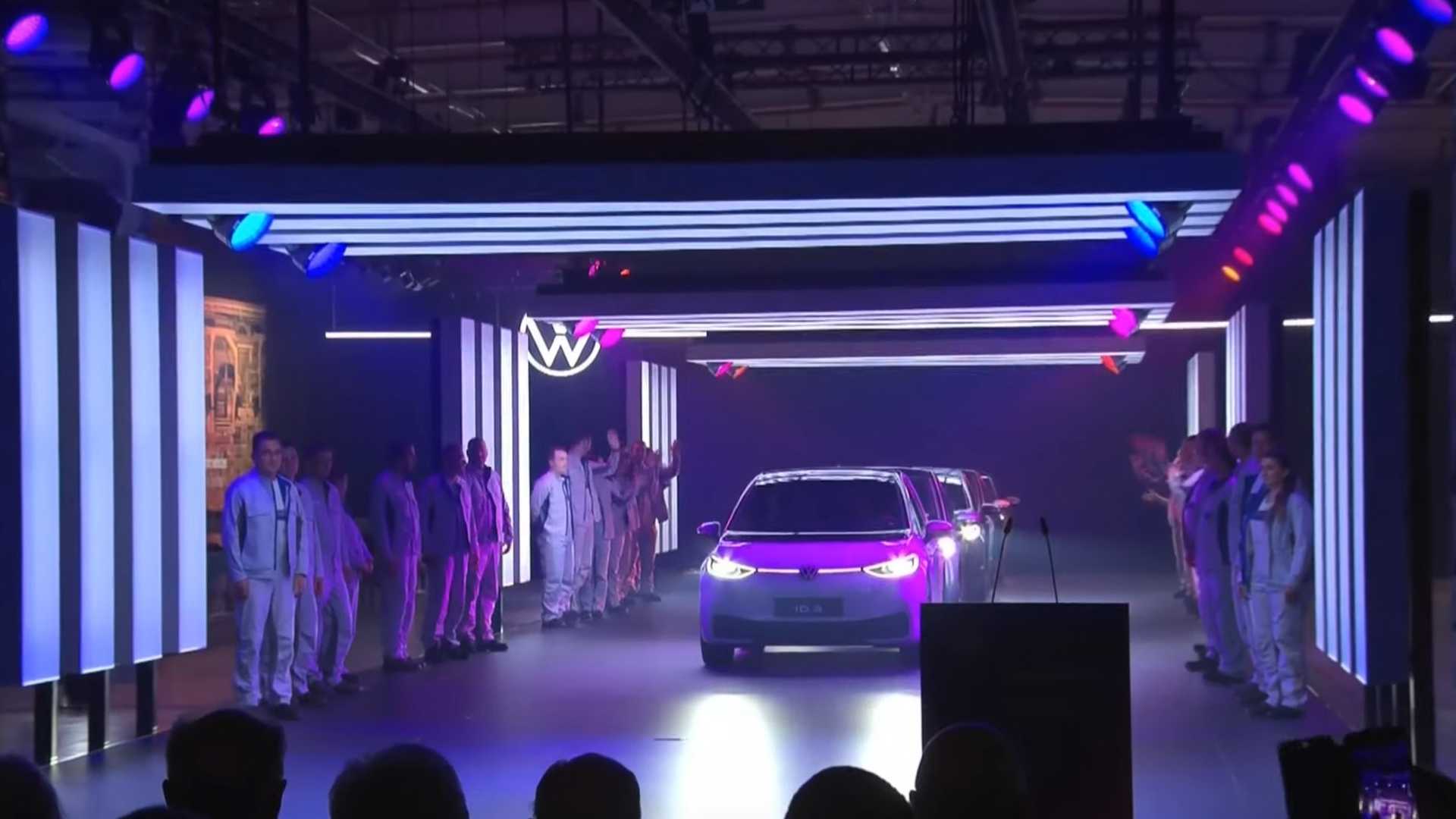Mobileye, the Israeli-based automotive sensor company acquired by Intel in 2017 for $15.3 billion, is partnering with Chinese electric car startup Nio to develop autonomous vehicles that consumers can buy. The companies, which describe this as a “strategic collaboration” aims to bring highly automated and autonomous vehicles to consumer markets in China and “other major… Continue reading Nio, Intel’s Mobileye partner to build self-driving electric cars for consumers
Tag: VW
Lucas Casasnovas, new Head of Urban Mobility at SEAT
Lucas Casasnovas (Barcelona, 1971) has been appointed the Head of Urban Mobility at SEAT, an area which will encompass all of the company’s projects related with new urban mobility, including XMOBA and Respiro. Until now, Casasnovas had been SEAT’s Global Director of Product Marketing and he will report to SEAT Vice-president for Sales and Marketing… Continue reading Lucas Casasnovas, new Head of Urban Mobility at SEAT
European factories at risk in Peugeot-Fiat merger
FRANKFURT (Reuters) – Fiat Chrysler and Peugeot owner PSA’s pledge not to close factories if they merge is likely to come under heavy strain as the combined group would have spare production capacity of almost six million vehicles in a slowing autos market. FILE PHOTO: Logos of Peugeot and Fiat are seen in this illustration… Continue reading European factories at risk in Peugeot-Fiat merger
Audi adopts “overspray-free painting” in series production
Protecting the environment and cutting costs: Using the method known as overspray-free painting, Audi is now able to apply two different colors in the same painting process. The new technique is being adopted for the first time for the “edition one” limited-edition models of the A4 Sedan* and A5 Coupé*, which were updated in 2019.… Continue reading Audi adopts “overspray-free painting” in series production
Vietnam Punishes Volkswagen for Car With Disputed China Map
Vietnam will fine Volkswagen AG’s local distributor and an importer for showcasing a car with a navigation app reflecting Chinese territorial claims rejected by Hanoi.
VW ID.3 Production Starts At 30/Day: To Be 800/Day In Spring
Thousands of electric cars to be produced at Zwickau every week from next Spring on. The groundbreaking, all-new, high-volume all-electric Volkswagen ID.3 model has entered series production in Zwickau, Germany. According to industry analyst Matthias Schmidt (schmidtmatthias.de), today the production rate on a single morning shift is about 30 cars per day. It will gradually… Continue reading VW ID.3 Production Starts At 30/Day: To Be 800/Day In Spring
LEVC CEO counts on products, new markets to lift UK-based Geely unit – Automotive News Europe
Since LEVC’s successful introduction of the plug-in hybrid TX Taxi in 2017, the UK-based unit of Zhejiang Geely Holding has struggled with costs. As a result, the money-losing producer of the iconic London black cab brought in longtime Audi executive Joerg Hofmann as its new CEO in February. Hofmann’s first job was to stabilize the… Continue reading LEVC CEO counts on products, new markets to lift UK-based Geely unit – Automotive News Europe
German carmaker Audi to ramp up engine output in Hungary in 2020 -minister
BUDAPEST, Nov 4 (Reuters) – German premium carmaker Audi will ramp up engine output to 2.25 million units next year at its Hungarian factory, up from 1.95 million produced in 2018, Hungarian Foreign Minister Peter Szijjarto said on Monday.
Tesla achieves record time at Nürburgring, beats Porsche Taycan, but likely still unofficial
Tesla has reportedly achieved another record time at Nürburgring race track with its Model S “Plaid” prototypes, beating the record of the Porsche Taycan, but it’s likely still unofficial. As we previously reported, following the recent launch of the Porsche Taycan, Tesla CEO Elon Musk appears to be on a mission to show that Tesla’s… Continue reading Tesla achieves record time at Nürburgring, beats Porsche Taycan, but likely still unofficial
German carmaker Audi to increase engine production in Hungary: minister
FILE PHOTO: The logo of Audi carmaker is seen at the entrance of a showroom in Nice, France, April 8, 2019. REUTERS/Eric Gaillard BUDAPEST (Reuters) – German carmaker Audi (NSUG.DE) will increase the production of engines at its Hungarian factory to 2.25 million units next year, Hungarian Foreign Minister Peter Szijjarto said on Monday. An… Continue reading German carmaker Audi to increase engine production in Hungary: minister
